Jalal ud-din Muhammad Akbar, or Akbar as we know him, was one of the greatest Mughal rulers whose name we take with great respect in our history. He won countless battles against his opponents and was equally popular among all his subjects, including Hindus, Muslims and other minorities.
But there was one man we know very little about. This man was Hemchandra Vikramaditya, who defeated mighty Akbar’s forces that wrote his name in the golden words in history.
Hemu Vikramaditya was the last Hindu emperor to rule India.
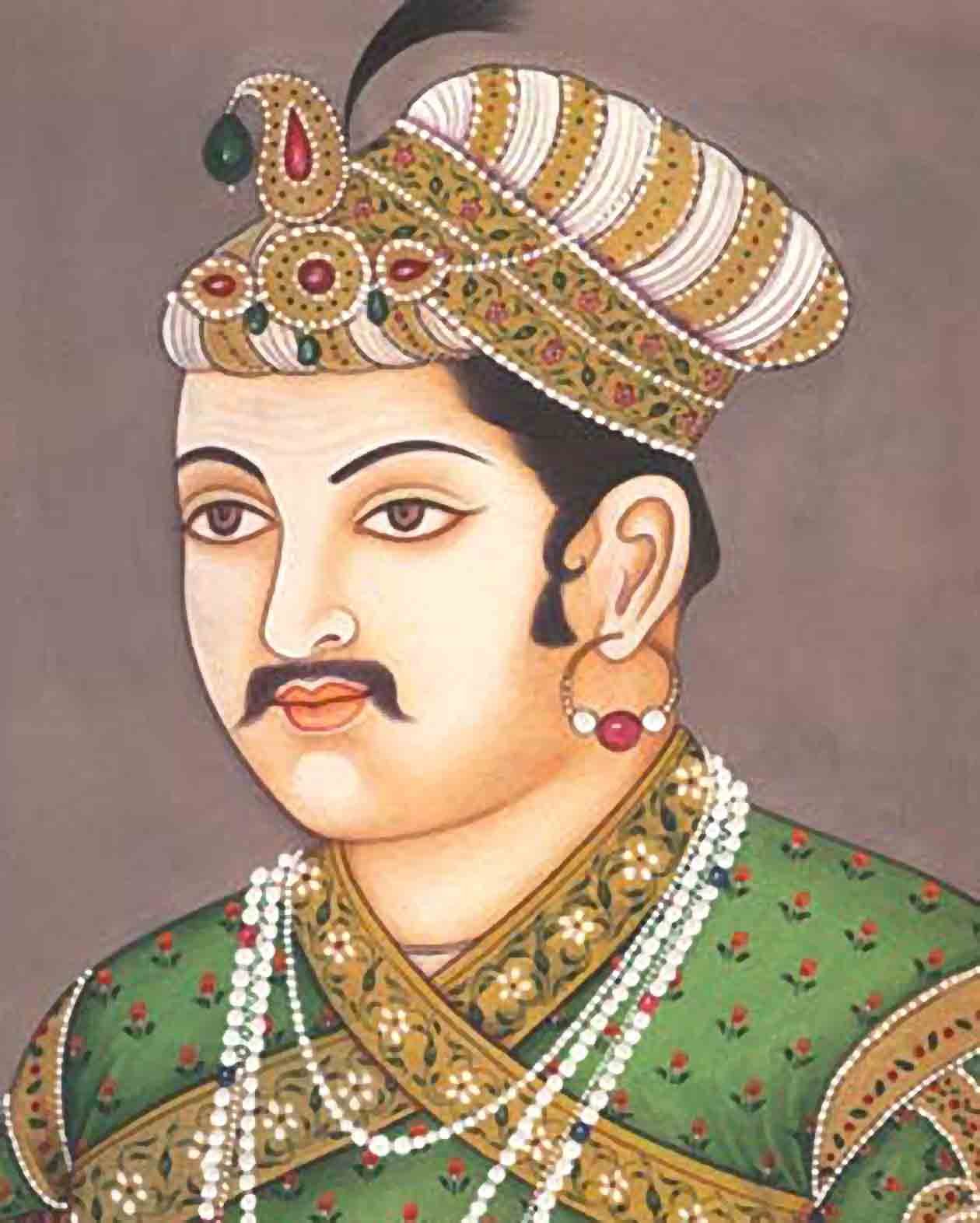
Historians have a vague idea of Hemu’s background but it’s generally believed that he rose from humble origins and spent his childhood in Rewari, a small town south-west of Delhi. He also began working as a tradesman very early in his life to support his family.
In 1545, after Sher Shah Suri’s death, when his son Islam Shah ascended the throne, he appointed Hemu as the superintendent of the market in Delhi.
Gradually, Hemu rose to the position of Chief of Intelligence.
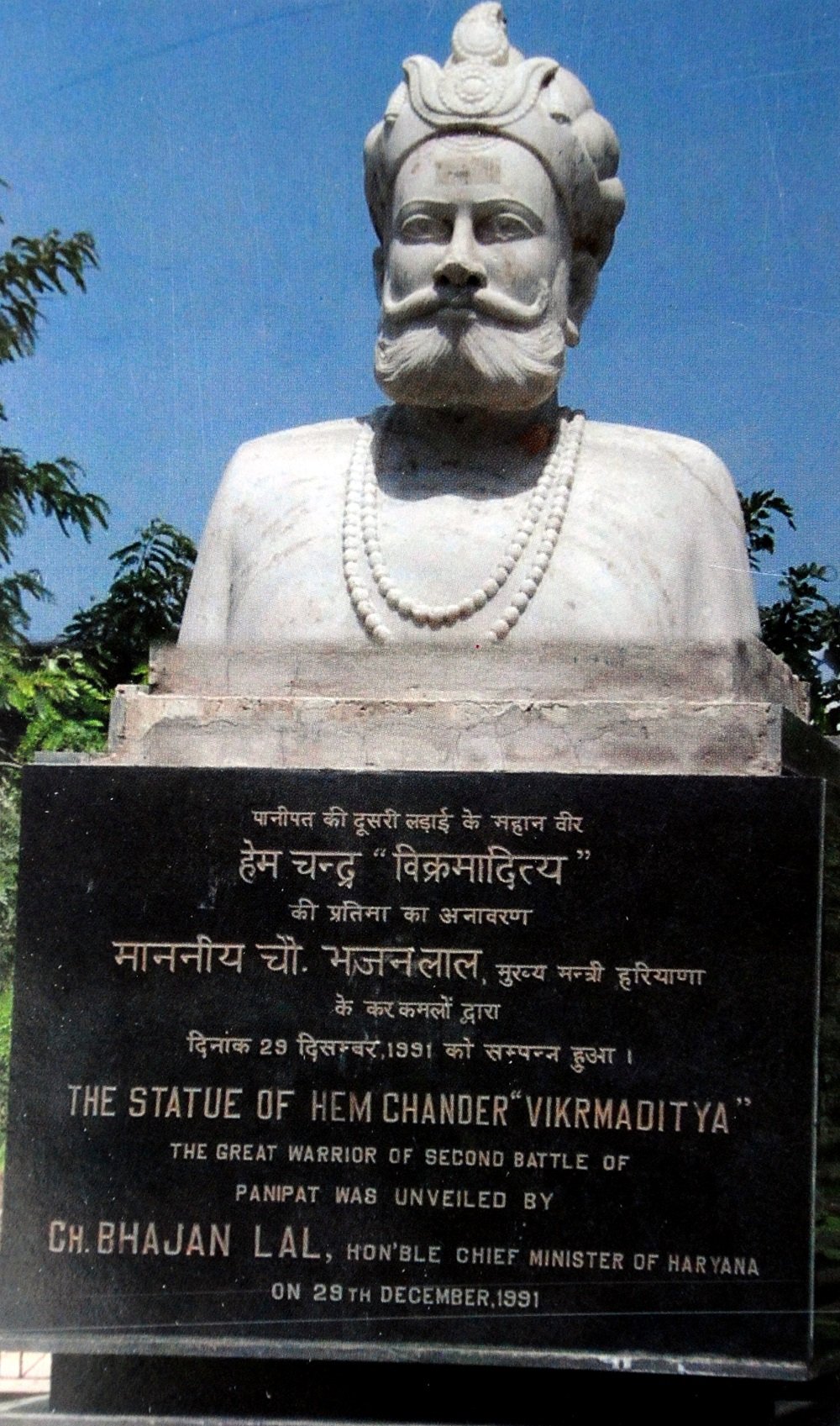
After the death of Islam Shah and the subsequent ruler Firoz Khan, Hemu served as the Chief Minister of Adil Shah. It’s said that Hemu fought many wars against the Afghan rebellions of Adil Shah Suri and won as many as 22 of them.
On the other side, Mughals were growing strong under the leadership of Humanyun who had also defeated Adil Shah’s brother-in-law, Sikandar Shah Suri. It was in 1555 when Humanyun died that Hemu sensed an opportunity to strike out Mughals.
Hemu began a rapid march from Bengal, driving out Mughals from Bayana, Etawah, Sambhal, Kalpi, and Narnaul. In the city of Agra, the governor didn’t even put up a fight and fled.
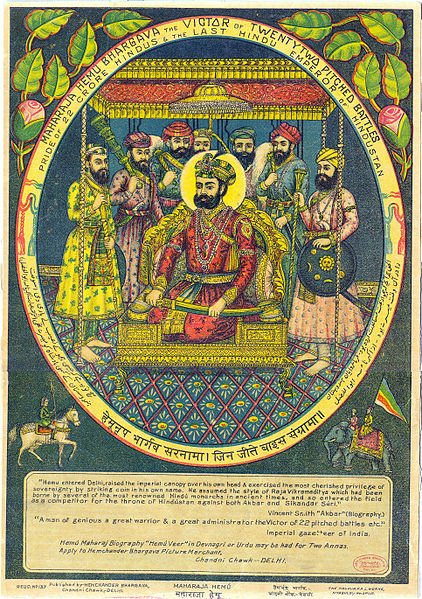
But the major win came when Hemu’s forces won against Mughals at Tughlaqabad. After capturing Agra, Hemu set out to capture Tughlaqabad where he defeated Tardi Beg Khan.
One of the advantages that Hemu had against Mughals was the arrival of fresh reinforcements that came from Alwar.
On 7th October 1556, Hemu captured Delhi after a day’s battle and assumed the title of Vikramaditya.
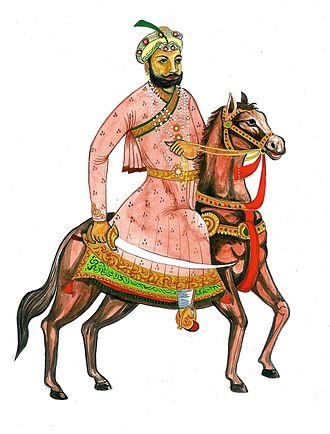
When Tughlaqabad fell, Akbar immediately left for Delhi with his troops. Akbar’s troops were led by Ali Quli Khan Shaibani, who was accompanied with a huge force of 10,000 cavalry. His forces caused a huge damage to Hemu’s army.
On 5th November, 1556, Hemu’s forces were met with Akbar’s at the famous battlefield of Panipat. Hemu was leading the army himself, riding an elephant. Akbar’s troops were led by some of his finest soldiers including Akbar himself. It was an intense battle and Hemu’s forces were posed great damage to the Mughal army.
Just when Hemu was close to victory, an arrow stuck his right eye and he got severely wounded and collapsed.
In the absence of their leader, the army panicked and ultimately lost the battle.
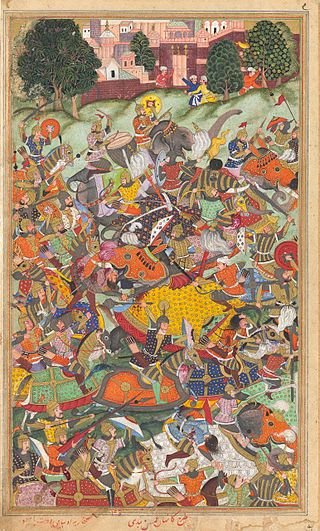
Mughals captured Hemu along with the elephant he was riding. Bairam Khan, the general asked Akbar to behead Hemu but he denied killing a dying man. Eventually, Bairam Khan, Akbar’s regent, beheaded Hemu and his head was sent to Kabul.
And this is how, the last Hindu emperor of India met with his fate after his short-lived glory as the ultimate Samrat.

















